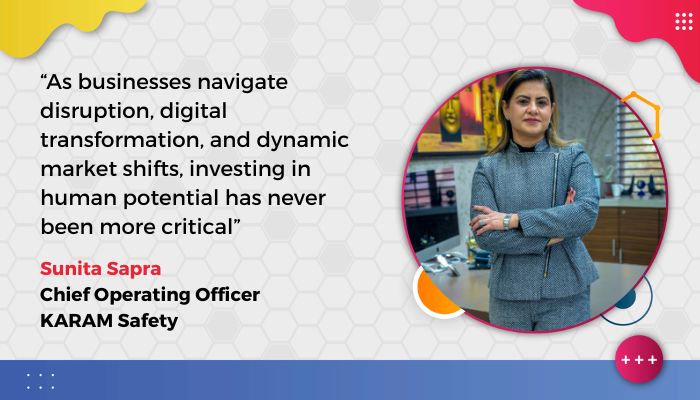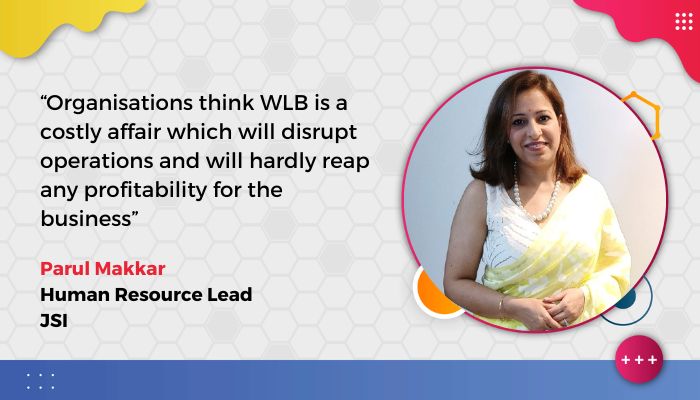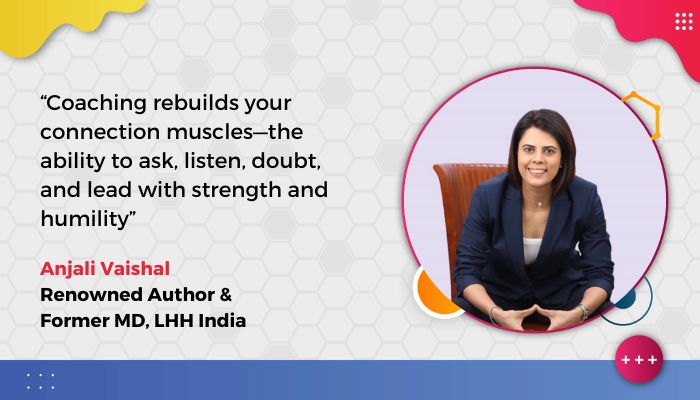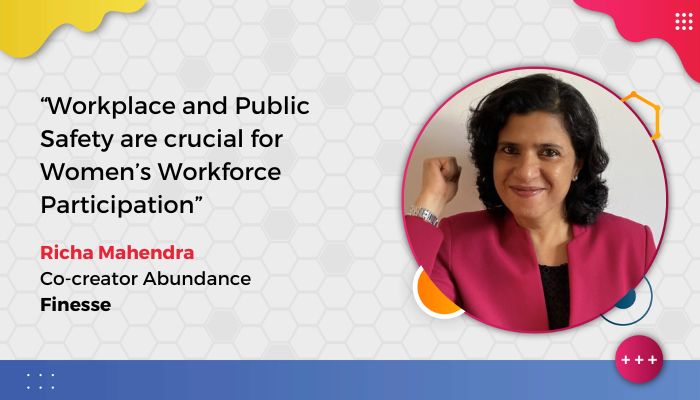Abraham Zachariah – Head – Learning and Talent Development, GSCs and Tech Centres HSBC and Vasavi Madhira – Head Talent Development, GSCs and Tech Centres, HSBC make a case of how organizations can become employees’ partner in learning
When Jack Welch decided to come to India twenty years ago, he is quoted to have said that GE and other organizations should come to India because it has the largest pool of qualified engineers and educated youth in the world. He went on to establish numerous successful businesses in India which was followed by every big name in the world of business. We have seen India’s economy growing at enviable rates, become a trillion dollar economy, and most importantly the world sitting up and noticing the quality of leadership that this country was producing. Soon, from FMCG giants to technology behemoths were being run by Indians at the global level.
This was no accident! For centuries the backbone of the Indian ethos was to respect and revere knowledge and the people who had it. Little did we know that the biggest draw this century for Indians was going to be this mad clamoring for college degrees which would see millions get jobs in India and the worldover. A closer look will reveal that people were smart or rather conditioned to get university degrees which they knew would get them a job. The liberalization of the Indian economy saw millions get jobs armed with college degrees and basic communication skills across sectors! In other words, people knew what was needed to get jobs and pursued education or skill building aggressively. So a one-time investment in a college degree guaranteed life-long employment.
Now what if people didn’t know what the jobs would look like? What would they study for? Some of the future roles look like Robotics Specialist, Nanotech Engineer, Augmented Reality Developer etc. According to multiple studies by various organizations, most of the current jobs may not be there tomorrow in the current avatar. New roles are going to crop up. Most people in colleges today will be doing jobs that don’t exist now. That’s in 2 to 3 years and not in 10 years. The future is here. So that’s easily the biggest nightmare for any HR head. What role do we prepare the workforce for? What do we hire for?
Now if we are to look at the tried and tested method of talent management, it fundamentally had four areas of focus.
- Be very clear about the roles or critical roles that you are looking to identify people for
- Have clear competency definitions needed for each of these roles
- Have a robust talent identification methodology and
- Have a strong development plan for each
Now each obviously was a sequential step. One couldn’t really identify people without knowing what for and knowing what competency was lacking and therefore needed to be developed!
So now, unlike in the past, the important factors therefore in front of the business leaders and HR professionals looking at the leadership pipeline are:
- Ambiguous nature of roles and hierarchies
- Constantly changing skill sets
- Arriving at the right hiring mix between external and internal
- Duration of the learning curve and
- Utility of the knowledge just acquired.
And one thing that we can’t debate or argue is that this is a VUCA (short for volatility, uncertainty, complexity, and ambiguity) world and the pace of change is tremendous. Existing paradigms of employee engagement, productivity and rewards will not hold good. So then what does one do?
The change is here and now. From customers choosing alternate methods of need fulfilment – for e.g.: Brick and mortar to online shopping . Or customers choosing newer ways to receive services- for e.g.: Aggregators in transport to leasing to home rentals. Now these changes are constant and happening all around. And within organizations there is a similar story. We are seeing self-help services, BOTS replacing humans for basic employee and customer needs. Now an employee need to be able to thrive in this constantly evolving and changing environment.
Therefore, identifying and developing talent becomes a critical challenge for HR in the coming years. Given the advent of automation, robotics etc. automation of routine tasks is a given making employees with critical skills that much more important. The challenge for the talent management function is to effectively identify these individuals who are the ‘new age’ talent and develop and retain them. There needs to be increased focus on a talent value proposition to attract, develop and retain this talent.
The talent strategy for the future work-force needs to focus on programs and policies to deliver on new learning and development models, highly individualized career paths, capability models and also align compensation frameworks accordingly. Use of advanced analytics to predict future talent demands, align them to business outlook becomes key to success.
“The illiterate of the future is not one who can’t read or write but a person who can’t learn”. So high potential now is not going to be about how well a person will be able to do a particular job, but how well someone can learn to do the job that has never been done. A person who is learning agile has to have more learning options, more tools, and more solutions to draw on when faced with new business challenges The second factor which is significantly going to alter the course of potential identification is on how well can a person work in a fluid situation which means a person will need the ability to thrive and lead in an environment that’s constantly changing. A highly transformational environment forces, rewards and expects higher levels of significant change and fluidity.
According to Korn Ferry Institute, learning agility becomes key in determining high potentials. Learning agile individuals excel at absorbing information from their experiences and then extrapolating from those to navigate unfamiliar situations. They are often described as flexible, resourceful, adaptable, and thoughtful—in short, an ideal fit for mission-critical roles. Learning agility profiles allow an organization to look at its high potentials with a fresh perspective. Those insights will drive more informed decisions about career paths and ensure that the organization is putting its most valuable resources to optimal use, something that might be critical to manage Talent in the VUCA world.
Organizations will therefore need to focus on identifying people who embrace continuous lifelong learning as a lifestyle and people who thrive in an ambiguous environment. Policies need to be articulated that encourage and reward people for intelligent failures. Learning budgets need to be allocated to build a culture of learning not just from the in-house LMS (learning management system) or programs but should embrace any time any where any device (ATAWAD). True power to the learner. The organization becomes an employees’ partner in learning!
[Views are personal of the authors and is not either subscribed to or endorsed by HSBC]
About the authors
Abraham Zachariah is currently with HSBC, working as their Global Head of Learning and Talent Development for the Global Service Centres and HSBC Technology. Prior to HSBC, he has worked in senior positions in organizations like Accenture, Hewlett Packard and GE. Recipient of numerous awards, “The top 10 global young trainers award by the training magazine, Excellence in practice award from ATD, to name a few. He is a regular speaker at conferences in Asia and B-schools. Abraham holds a Bachelor’s degree in engineering from Bharathidasan University, and an MBA from Symbiosis, Pune.
Vasavi Madhira is an HR professional with over 17 years of experience in Learning, Leadership Development and Talent Management. With Masters Degree in Textiles from Acharya NG Ranga University and MBA from XLRI, Jamshedpur, Vasavi is passionate about working towards continual development, creating a culture where people own their development and continually learn. She is also an executive coach trained by the Erickson School of Coaching.






